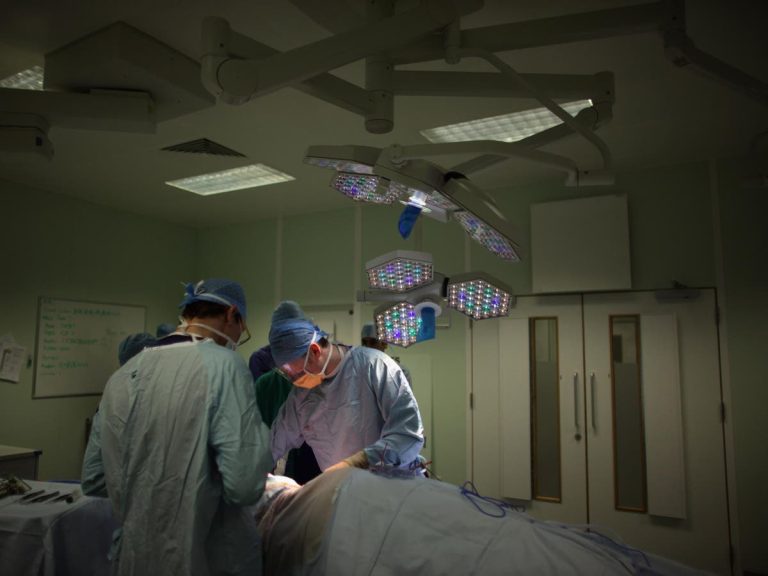The desire for a bigger bottom is becoming increasingly popular, with the number of so-called Brazilian butt lifts more than doubling in the past five years.
However, a recent high-profile case – involving a doctor in Miami who was barred from performing the surgery after a patient died during surgery – highlights the risks associated with performing this procedure. According to the American Society of Plastic Surgeons, Brazilian butt lifting (BBL) has the highest death rate of all cosmetic procedures.
What is a Brazilian Butt Lift?
Some people have a BBL for cosmetic reasons, but many have it after losing a lot of weight, severe deformity after pelvic trauma, or experiencing practical problems such as keeping their pants on.
The procedure involves taking fat from areas of the body where it is not desired and transplanting it to the buttocks to enlarge them.
To be successful, a fat graft needs nourishment and so must be injected into tissue that has a blood supply. Fat can survive if injected into other fat, but up to 90 percent of it can be absorbed if it is. Fat is more likely to stay in place if it is inserted into muscle – but therein lies the danger.
Buttock fat injection can easily lead to serious problems if done incorrectly. These include a fat embolism – when fat enters the bloodstream and blocks a blood vessel. In the lungs, for example, it prevents oxygen from entering the bloodstream, while in the brain it can cause a stroke. Both can be fatal.
Fat volume is also important. Most surgeons consider 300ml – a little less than a can of soda – to be a safe amount. However, some more experienced surgeons use a much larger volume of fat that can be measured in liters.
Why is the death rate so high?
A 2017 survey of 692 surgeons from around the world investigated the mortality rate among patients who underwent BBL. Over the course of their careers, the surgeons reported 32 cases of death from fat embolism and 103 non-fatal cases, but there are probably many more that remain unreported.
Fat embolism has recently been recognized as the leading cause of death in cosmetic surgery. The estimated death rate from fat embolism can be as high as one in 3,000 for BBLs. A 2015 study of BBL surgery deaths concluded that they likely result from damage to the gluteal blood vessels during the procedure, allowing fat to enter the bloodstream. The authors recommended that “buttock lipoinjection should be done very carefully, avoiding injections at deep muscle levels.”
The deaths in the US have caused concern. In a recently reported case in the US that resulted in death from fat embolism, surgeons thought they had been injected into superficial fat, but after death fat was found in the heart and lungs. There was also some evidence of damage to the gluteal blood vessels.
However, it should be noted that the fat is also injected into the muscle for some breast augmentation surgery, with no reported deaths. This suggests that there are other factors involved in the high mortality rate among BBL patients.
Most of these deaths appear to have been caused by improperly trained professionals working in unapproved facilities, including homes and garages. A famous Brazilian plastic surgeon known as ‘Dr Bumbum’ was recently charged with murder after a patient died at his home during surgery.
Other problems after surgery, such as gangrene and sepsis, can also be fatal.
Is it worth the risk?
The potential risk of death from fat embolism must be weighed against the benefits, especially in cases where there are physical and functional benefits from the procedure. In the case of the Brazilian butt lift, perhaps the risks outweigh the benefits.
However, in a celebrity- and beauty-obsessed society, the procedure remains popular, despite the risks. Therefore, it is important that surgeons make the risks of the procedure very clear to anyone considering it. Patient safety must always be the top priority. And surgeons must do more to increase the safety of the operation and reduce the unnecessarily high mortality rate.
Jim Frame is Professor of Aesthetic Plastic Surgery at Anglia Ruskin University. This article first appeared on The Conversation

